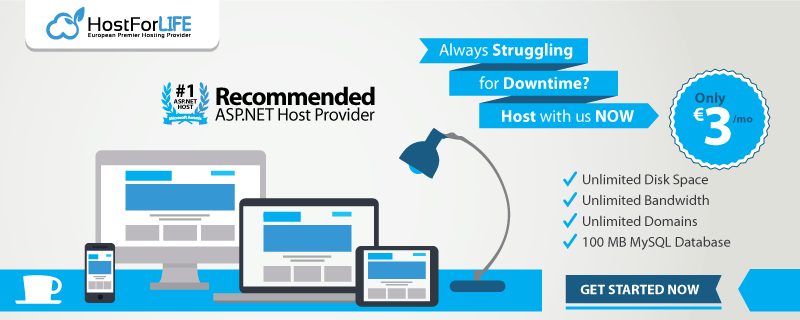Your website is the face of your business. It not only serves as a medium to engage with users and generate revenues but also establishes your brand presence on the web.
Hence, the security of your website is one of the crucial aspects you must pay attention to, given the number of cybercrimes increasing rapidly.
One of the significant challenges in the Internet world is URL blacklisting. Search engines and authorities blacklist suspicious website URLs and IPs on security grounds. Google blacklists around 10,000 website URLs every day that is found suspicious. It implies that these websites are not safe for visitors.
Google blacklists URLs to protect their user’s online experience.
In this article, you will get to know a detailed insight into the URL blacklist, how it happens, what its impact is, and how you can fix it.
So, let’s get started!
URL Blacklist: What is it?

In a nutshell, URL blacklisting is a process where search engines and other authorities such as Google, Norton Safe Web, Bing, McAfee SiteAdvisor, etc. blacklist or remove a website URL from their respective index. They do so on finding the websites as potentially malicious, which might be in various forms such as phishing schemes, Trojan horses, spams, and so on.
This way, the authorities and search engines prevent the users from moving ahead to the website and notifying the owner of the site, and thereby impeding the malicious intentions of the attacker.
How a URL get blacklisted?
Search engines like Google are committed to offering a protected online experience to its users. To achieve this goal, search engines and other security authorities invest resources in detecting and flagging malicious websites that can pose potential online threats.
As search engines never want to lose their users on account of infected websites putting user’s computers in harm, they do not show such sites in the search results.
There are so many reasons for which a website can be blacklisted.
It may include:
- Phishing schemes
- Trojan horses
- Pharma hacks
- Information scrapping
- Spams
- Downloading unwanted programs
- Unsafe plugins or libraries
So, if a website is found with such vulnerabilities, the browser displays security warnings and inform the visitors that it is unsafe to visit. It may show warnings like below if the site contains malware.

However, many website owners do not have any idea that their website is under threat or hacked already. So, how can you check whether your website URL is blacklisted?
Let’s find how!
Is your site blacklisted?
You can run different security checks to find whether your website is blacklisted or not.
Safe Browsing by Google – display issues associated with your website and whether it is blacklisted or not.
Blacklist Lookup by Geekflare – powered by Google Web Risk API. Quickly find out if a site is considered safe or not.
Check for website traffic – there would be a rapid decrease in traffic. You can use Google Analytics to check for website traffic, and if you see any rapid decline, it may indicate a warning that your website might have been blacklisted.
How it impacts Business?
URL blacklisting can turn out to be really devastating for businesses both in terms of revenue as well as reputation. In fact, a site may lose about 95% of its organic traffic by the search engine. As a result, it directly impacts the sales as well as revenue.

Not just the search engine traffic, but when users access your site manually, the browser will show the warnings, and this is not good. Your potential customers will leave your site immediately and go somewhere else.
How to avoid URL getting blacklisted?
The following are steps to avoid URL getting blacklisted:
Keep up-to-date
Obsolete plug-in, libraries, and themes can make your website vulnerable to possible threats. As a result, cybercriminals can easily exploit your website when they detect any loopholes.

Use a mechanism to auto-update your site components.
Don’t use untrusted software
Try not to use software from untrusted developers. It is because in an attempt to get it free, you are endangering your website in terms of its online security. You can find so many websites out there offering free themes and plugins. But it is always a wise decision to refrain from untrusted sources because it might open doors to malicious activities.
Wherever possible, go for premium software and tools from trusted websites to maintain the security of your website.
Go for a reliable hosting platform
It is advised to go for a secure hosting platform that you can trust.
And finally, let’s check out some of the best services to monitor the site for blacklist and fix.
Monitoring your website manually and fixing it when it gets blacklisted can be time-consuming. Instead, you can take help from reliable services that can monitor the security of your website as well as fix it on getting blacklisted. This way, you can save your time and invest in other important tasks that demand your attention.
Conclusion
The number of cyber-crimes is increasing rapidly and impacting businesses to a great extent both in terms of revenue and reputation. URL blacklisting is one of such that present-day businesses suffer. Therefore, implementing website security is the need of the hour.
